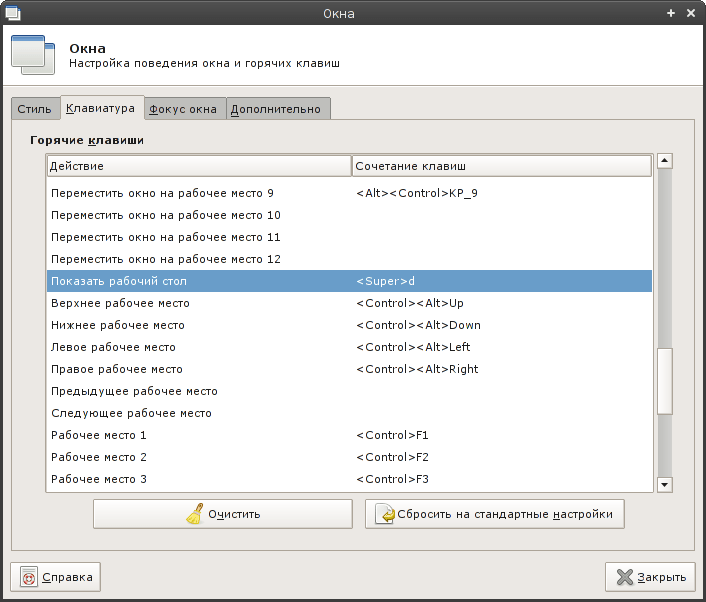You've probably already read or heard about Dropbox and its features. If not, then you can find detailed information on the official site . In this article I would like to tell you how to install Dropbox on Debian.
Installing php 5.3 on debian 7
It so happens that in a fresh Debian distribution you may need an old version of php, which is not part of a stable distribution branch. For example, php 5.3 for running a site on a server with Debian Jessie.
To fully resolve dependencies, in addition to php, install apache packages that are relevant to the previous stable distribution of Debian.
Setting up a service to synchronize Firefox version 1.5
If you use the Mozilla Firefox (Iceweasel) browser, you probably know about the great opportunity - data synchronization: passwords, bookmarks, settings, add-ons, etc. And having your own server on Linux, you can easily organize your own storage.
Install and configure eAccelerator on php 5.3-5.4
Important: Development of the eaccelerator is discontinued. Instead, use opcache inline caching.
The first step to take is to install the php5-dev and make packages if they are missing.
Installing php-fpm and nginx on Debian 8
From the stable and fast server depends on the fate of the site. Its slow work and frequent drops can scare away both visitors and search engines. The latter will also lower the rating of the braking site in the search results and it will not be in the top 10, but, say, in the top 100 for all queries.
Using a bunch of nginx and php-fpm for site maintenance allows you to increase the speed of their work, as well as the stability of the system as a whole. In addition, by refusing to use apache, we simplify the system somewhat and even protect it. After all, if there is no apache, then the attacker will not be able to use, for example, the .htaccess file for his own purposes.
The nginx + php-fpm bundle is quite easy to configure and it is supported by many popular CMS: WordPress, MODX, DLE, various frameworks. All this can work without bulky apache.
When installing a web server, do not do without creating users. Ideally, a separate user should be created for each site. So we can protect other sites if one of the users is hacked. The examples in this article are written taking into account the fact that you created users according to the instructions .
Advego Plagiatus on Debian 7
One of the disadvantages of Advego Plagiatus - a program for checking the text for uniqueness - is the lack of a version for Linux. And for use you have to be perverted with all sorts of Wine.
Using phpmyadmin in conjunction with nginx
After setting up the nginx + php-fpm bundle, you may need phpmyadmin to manage MySQL databases. The most common practice is access through an alias. Slightly less - subdomain. Consider the first option.
Minimize windows windows like windows
Surely everyone knows that in Windows you can minimize all windows by pressing the Win + D keys. In Linux, to minimize all windows, you need to press ctrl + alt + d. This is not very convenient, especially for those who are still switching from Windows to Linux.
In order to minimize windows in linux by pressing the keys win + d, go to the window settings, select the “Keyboard” tab, find the “Show Desktop” item, double-click on this item and click the Win + D combination. All is ready. Now the windows will be minimized by pressing this shortcut.

Adding application launch buttons to xfce
XFCE is a very lightweight desktop graphical environment for Linux distributions. It has very minimal hardware requirements for the computer and can work normally with old hardware.
When I decided to try xfce on my laptop, I needed to add icons to the panel to launch applications. In Windows 7, for example, adding an icon to the panel is easy: just select the “pin on the taskbar” item from the context menu in the program list.
Restricting access to the admin site by ip using nginx
If you have a static ip, and you administer the site exclusively from this address, you can restrict access to the admin panel of the site by ip. As a rule, site control panels are located in a folder (occasionally on a subdomain :) For example, WordPress has / wp-admin /. So, you need to restrict access only to this directory. In this case, the configuration code will look like this: